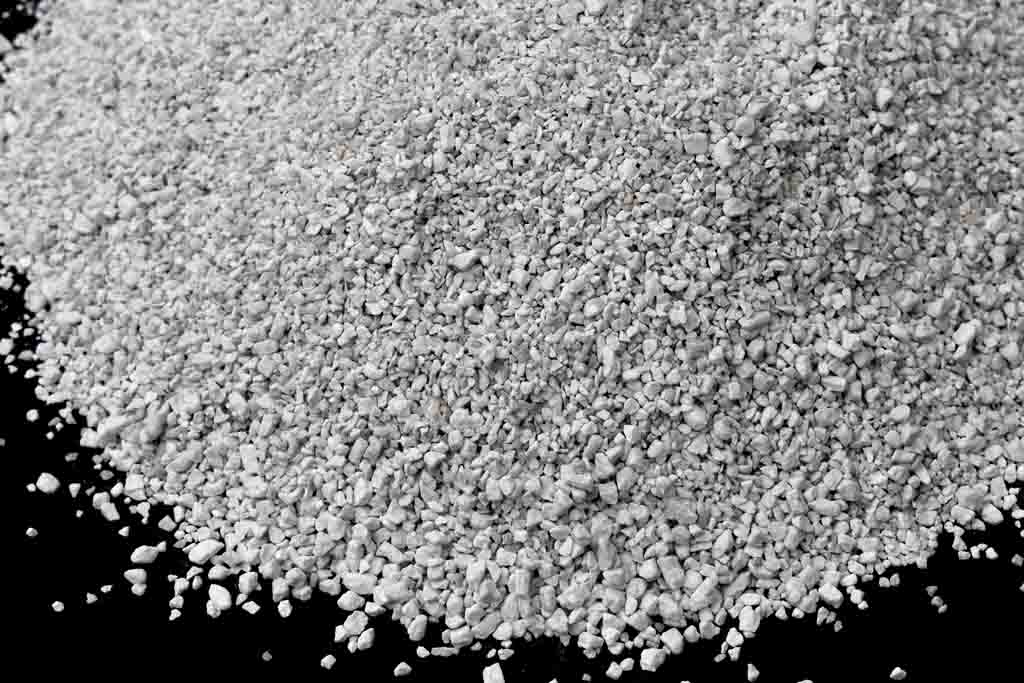
16 3月 Grain Refinement of Aluminium Alloy
Grain Refinement of Aluminium Alloy is an aluminum alloy granular flux, which is prepared by mixing a variety of inorganic salts after drying treatment in a certain proportion. It is mainly used to remove hydrogen and floating oxidized slag in the aluminum liquid.
Function: Grain Refinement is mainly used to remove the hydrogen and floating oxidized slag in the aluminum liquid, so that the aluminum liquid is more pure, and it also acts as a slag cleaning agent.
Features: Some components in the refining agent are easily decomposed at high temperatures, and the generated gas is prone to hydrogen reaction, and has a strong adsorption force with slag inclusions, and quickly escapes from the melt. Other components also have the function of slag cleaning agent.

Grain Refinement of Aluminium Alloy is a product used in the production and processing of aluminum products. It can effectively purify and improve the purity of aluminum. It is widely used in the production of daily industrial aluminum products, but how much do you know about refining agents? Next, the editor will briefly introduce the composition and chemical properties of Grain Refinement of Aluminum Alloys, so that everyone can have a more comprehensive understanding of the refining agent.
The so-called refining agent is composed of alkali metal and alkaline earth rain metal chlorides and fluorides. Its main components are KCl, NaCl, NaF.CaF,., Na3A1F6, Na2SiF6, etc., among which chloride salts are relatively common for molten aluminum refining agents A kind of element, of which the mixed salt of 45% NaCl + 55% KCl is widely used because of their strong wetting ability with solid alumina.
In addition, at the smelting temperature, the amount of sodium chloride and potassium chloride added is less than the specific gravity of the melt, so that it can spread well on the surface of the melt, and it is easier to break and adsorb the oxide film on the surface of the melt. If only these two chlorides are used for crushing, the speed will be relatively slow, so manual stirring is required, which is very high.
Of course, the smelting refining agent also needs to add fluoride salt, which can not only play a refining role, but also adsorb and dissolve aluminum oxide, because the fluoride salt reacts with the melt to form gaseous A1F, SiF4, BF3, etc. A mechanical action can be used to separate the aluminum oxide film from the aluminum melt, and the oxide film will be squeezed and pushed into the solvent.
Each component of the refining agent has its due effect and plays an important role in the process of smelting aluminum products.
There are many types of aluminum alloy fluxes used in aluminum alloy smelting, which can be divided into two categories: covering agent (flux to prevent melt oxidation and burning and gettering) and refining agent (flux for degassing and removing inclusions). Different aluminum The covering agent and refining agent used in the alloy are different.
However, the Grain Refinement of Aluminium Alloy used in the aluminum alloy smelting process must meet the following conditions:
1. The melting point should be lower than the melting temperature of aluminum alloy.
2. The specific gravity should be less than that of aluminum alloy.
3. Aluminum alloy flux can absorb and dissolve the inclusions in the melt, and can remove the gas from the melt.
4. It should not react chemically with metal and furnace lining. If it reacts with metal, it should only produce inert gas that is insoluble in metal, and aluminum alloy flux should be insoluble in molten metal.
5. The hygroscopicity should be small, and the evaporation pressure should be low.
6. It should not contain or produce harmful impurities and gases.
7. It must have proper viscosity and fluidity.


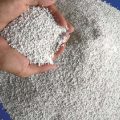

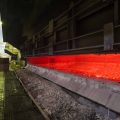
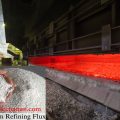
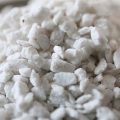
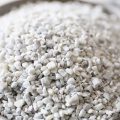
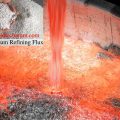

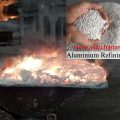
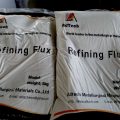
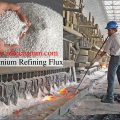



No Comments